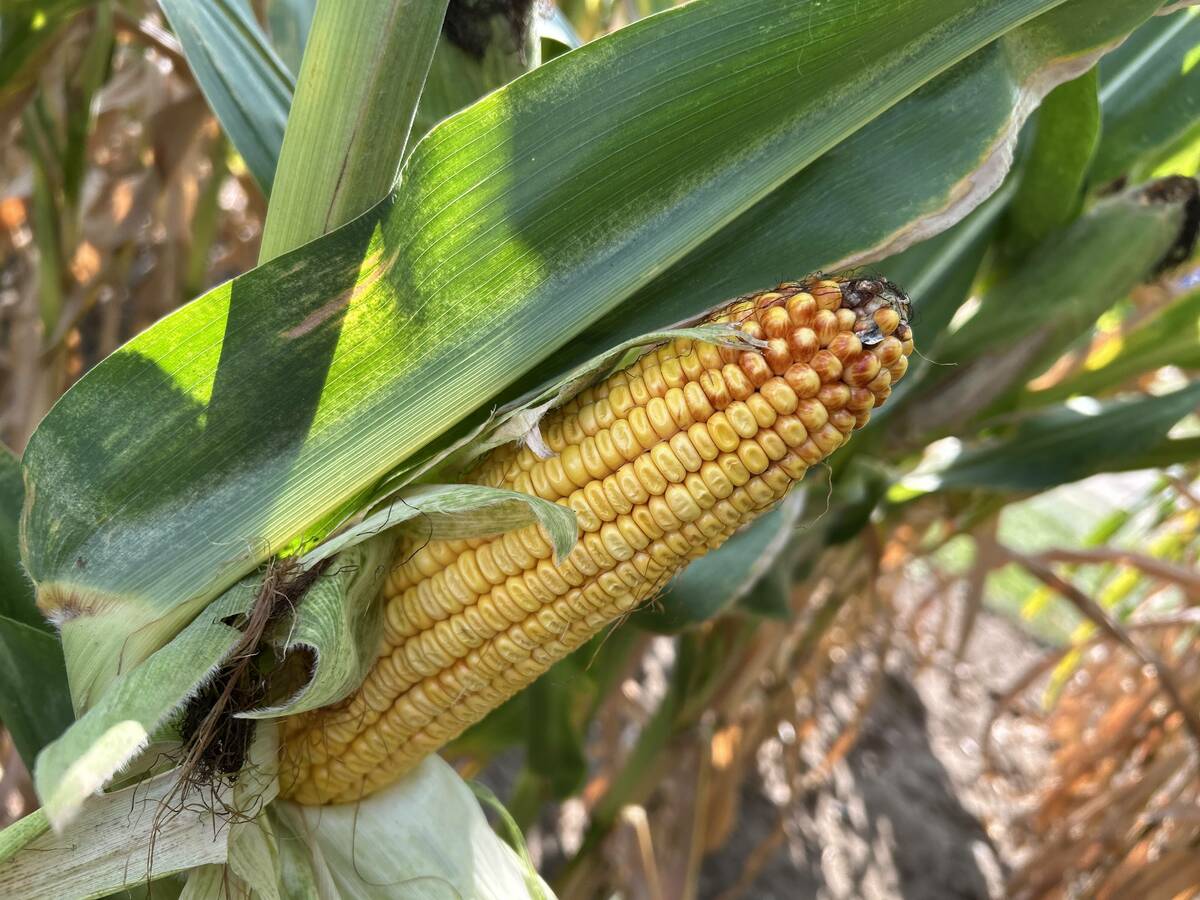Farmers who grow pulse crops are in for bad times when grain buyers are happy.
That is the case this year: prairie bins are full of peas, green lentils and other crops and buyers have no fear that their orders won’t be filled.
“For markets to go up, you need some fear and I don’t see any fear out there in the marketplace from the buyers,” Gerald Donkersgoed of Finora Canada told farmers during Pulse Days 2006 in Saskatoon.
Stocks of pulse crops in Canada are high and there are no hot prices in other grains to draw acreage away from pulses in 2006 so buyers assume good production is forthcoming this fall.
Read Also

Crop estimates show mixed results
Model-based estimates used by Statistics Canada showed the 2025/26 crop year has seen increases in canola, corn for grain, oats and lentils production while seeing dips in spring wheat, durum wheat, soybeans and barley in comparison to 2024/25.
The best market opportunities in the pulse sector this year may be red lentils and chickpeas, but farmers must take care not to overwhelm those markets, he added.
The worst oversupply situation is in green lentils.
“We kind of went crazy last year,” Donkersgoed said. “The only mountain I see in Saskatchewan is the mountain of lentils and we need to get that down to a hill before we’ll see any price appreciation in green lentils.”
Saskatchewan Agriculture forecasts that Canada will export a record 610,000 tonnes of lentils this year, but that is not enough to avoid a record carry over of 670,000 tonnes into the next crop year, equivalent to about one year’s average production.
Canada is the world’s leading green lentil exporter, having pushed competitor Turkey out of the picture.
The green lentil market globally is not growing enough to accommodate big Canadian production increases.
“The green lentil market has reached a level of maturity,” said Marlene Boersch of Mercantile Consulting Venture. “It cannot absorb any more volume and even though we try our hardest with low prices to push more lentils onto the market, the response hasn’t been very big, so basically they are full.”
She expects that red lentils will take acreage from green product because the red surplus in Canada is not as burdensome as in greens, the world market for reds is larger and there is opportunity for Canada to build market share.
Canada could double its red exports over time, she added.
She said red lentil prices could rise slightly before spring but warned that Canadian lentil marketers will need time to find buyers for reds so there must be discipline in the growth of red acreage.
“There are a lot of people promoting red lentils and if possible make sure you get a contract with them,” Boersch said.
“Rather than targeting certain prices (for sales), if you can, lock in a return, because that is the way to go.”
Chickpea prices have held up better than peas and lentils this year and there is no global oversupply after a drop in world production of about six percent in 2005, she said. She thinks kabuli prices will soften but remain attractive in 2006 and desis will edge up by 10 to 20 percent. Canadian chickpea acreage this spring will probably increase a little.
Donkersgoed thinks pea area this spring will remain around 3.2 million acres, but production could slip about 10 percent because last year’s near record average yield could be hard to maintain.
Saskatchewan Agriculture has forecasted a carryout of 450,000 tonnes, but Donkersgoed believes it will be a more burdensome 800,000 tonnes, weighing on prices. Buyers such as Spain, India and Pakistan started strong import programs early in the crop year and now have a lot of their needs met. As a result, he thinks export pace will slow in the second half of the year.
“All these markets thought peas were cheap and thought they better buy. But we still have peas here and there are problems now with (large) stock levels in those countries.”














